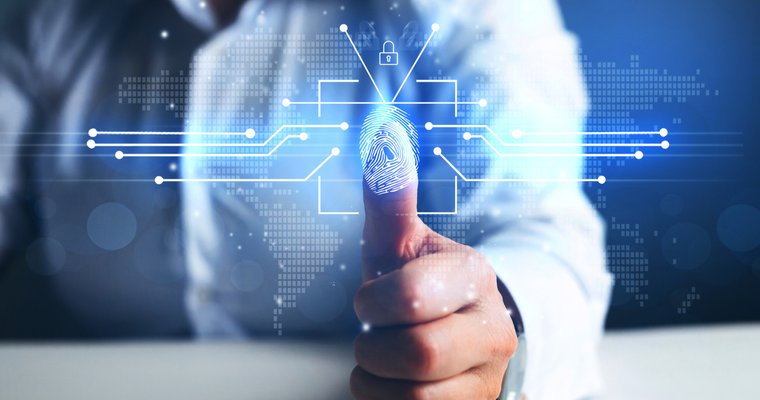Biometric information is the collection of all biological and physical traits that distinguish each individual and allow them to be identified and distinguished from others, such as facial recognition, fingerprint recognition, or voice recognition.
Biometric Payment is a technique of accessing, for example, your bank’s app or authorizing payments and transactions that leverages these non-transferable personal traits. This sort of transmission is now possible by just smiling at a camera, waving your hand, or looking at a reader.
The Benefits of Biometric Payment
This new technology, which is already existent in Biometric Payments, has various advantages, according to experts, including security and ease.
Security
Because Biometric Payments leverage each individual’s particular features, they are more secure while conducting a transaction. In order to boost payment security and avoid identity theft and digital fraud, major technology firms are collaborating to employ Biometrics.
Comfort
Biometric Payments, like other technical breakthroughs, are supposed to make our lives easier. We wouldn’t have to carry cash or a physical credit card with us if we used this method of payment since our attributes would allow us to approve revenue from our digital wallet.
This technology is already used in smartphones and other intelligent devices that allow payment through purchase authorization using Biometric techniques by adding the bank card. At the present, the most widespread are fingerprint and face recognition, which are found in the majority of smartphones. Voice recognition and iris reading are more secure options, although they are less popular due to their difficult implementation.
How do Biometric Payments Work?
The initial iteration of this payment system uses hybrid technology, such as cards and Biometric data, to operate. The second relies only on the individual’s Biometric information to complete a transaction quickly.
Let’s have a look at what each of them comprises of:
Because of its simplicity, the first is the most often used nowadays. The consumer must register the card on his mobile device, and each time he chooses to make a purchase, he will approve the transaction using either his fingerprint or face identification.
The second method must still be present since it requires the establishment to have Biometric technology. In addition, the consumer must have registered their Biometric data with the bank card.
Finally:
An electronic device that functions as a reader or scanner in charge of data collection is required for the procedure. The program then digitizes the scanned material and establishes match points using a database. In order to compare the results and proceed with the payment, the Biometric information is stored.

